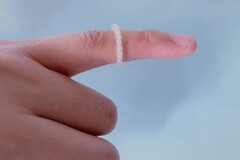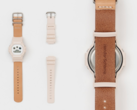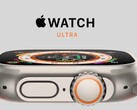If you’ve ever ventured out on a summer hike in the Highlands or spent a peaceful evening in the Scottish countryside, chances are you’ve encountered the relentless swarm of midges. These tiny, biting insects have long been the bane of outdoor enthusiasts, making nature’s beauty a bit harder to enjoy. But what if technology could finally offer a solution?
That’s exactly what researchers at Martin Luther University Halle-Wittenberg have worked to address with a clever new invention: a prototype ring infused with IR3535, a synthetic repellent approved by the World Health Organization and widely used in insect repellents. Unlike sprays that require reapplication every couple of hours, this ring gradually emits the repellent over time, supposedly providing long-lasting protection without the mess or hassle.
For those who have spent hours outdoors fighting off midges, mosquitoes, and other pests, this little invention feels like a game changer. It’s a simple yet effective solution that helps protect without interrupting your day. And the best part is it requires little maintenance. Unlike chemical sprays, which can harm the environment or irritate the skin, this ring offers a more sustainable, discreet, and user-friendly way to keep the bugs at bay without requiring constant attention.
Unlike traditional wearables such as wristbands or clip-ons, the IR3535 ring integrates seamlessly into everyday fashion. Its design (supposefly) minimises contact with the skin while still offering effective repellent action. This is especially relevant in regions plagued by dense midge populations, such as parts of Scotland (the West Highlands, in particular, are notorious for midges, and they are often mentioned as a challenge for outdoor enthusiasts), Scandinavia, and Northern Europe, where long-term exposure can make outdoor activities unpleasant or even risky.
This innovation is part of a broader shift in the insect repellent market. A recent 2025 industry analysis highlights that consumer demand is increasingly focused on sustainable and eco-friendly products, including wearables and advanced repellent technologies. The emphasis is on solutions that provide prolonged protection and meet modern lifestyle demands for convenience and environmental responsibility. A separate market report on body-worn insect repellents outlines a strong growth trajectory through to 2030 as consumer demand rises for safer and chemical-free alternatives.
As environmental awareness continues to shape consumer preferences, wearable tech is becoming an important player in personal protection. While the IR3535 ring remains in the prototype stage, its development signals a future where discreet, smart protection could become a standard part of seasonal wear.
In other words, for those hoping to stay bite-free without dousing themselves in citronella or chemical sprays, the answer might soon be worn on the finger... no swatting required!














